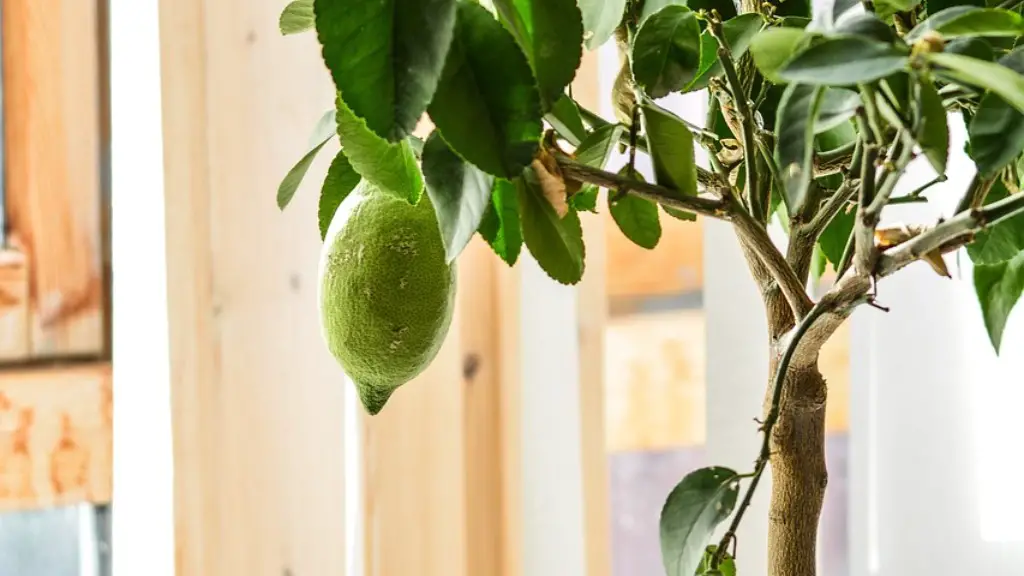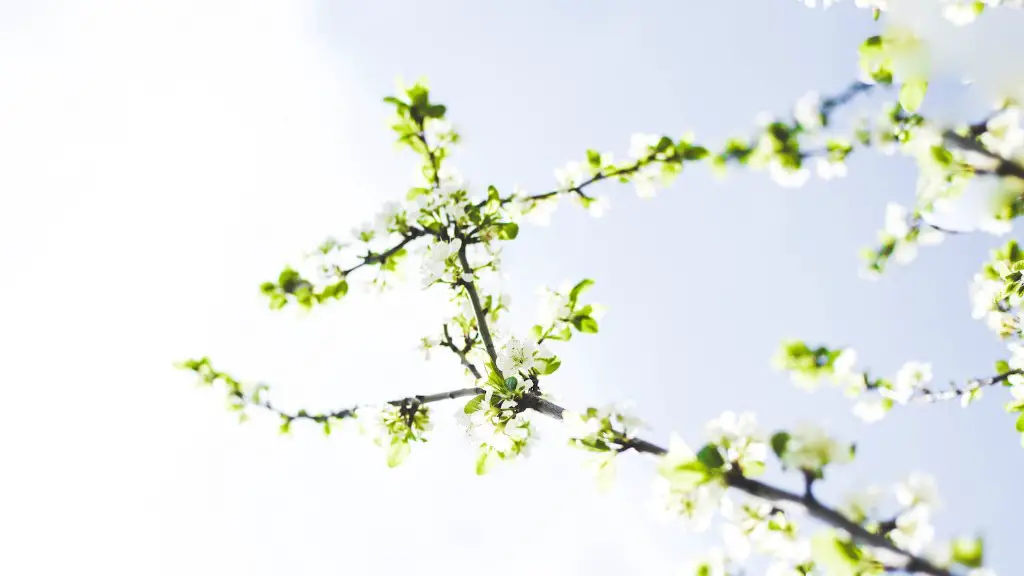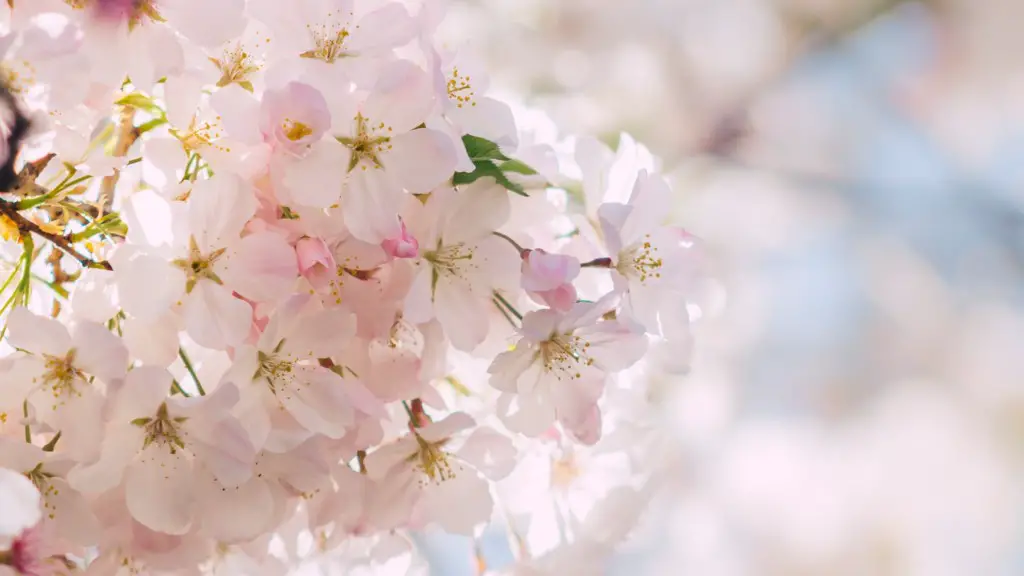If you are looking to grow a lemon tree, you should know what size pot should be used for your tree. It is important to make sure your tree has enough space to grow. Generally, you should use a pot that is 12 – 18 inches in diameter and 18 – 24 inches deep. This gives your tree room to grow and also is deep enough for the roots to spread.
The size of your pot also depends on the stage of growth your tree is in. If you are planting a seedling or a young tree, consider using a smaller pot for the first year. This helps to restrict the roots and encourages bushier growth. As the tree grows, you can repot it into a larger pot. If you are planting a mature tree, you will need to use a larger pot to give the roots enough room to spread.
When deciding what type of pot to use, you should make sure it is made of a material that will help the tree’s roots establish and keep the soil temperature regulated. A popular material for pots is clay because it is porous and helps the soil stay moist. You can also use plastic or a terra cotta pot.
It is important that your pot has ample drainage as well. Make sure there are holes at the bottom of the pot that will allow excess water to flow out. Otherwise, your tree could become waterlogged and its roots will rot.
Once you have decided what size and type of pot to use, it is important to use a quality soil mix. Make sure to buy an organic mix that is rich in nutrients and minerals. This will help your tree to thrive and produce delicious lemons.
Fertilizing Your Lemon Tree
Fertilizing your lemon tree is an important step in its growth. Applying a balanced fertilizer encourages root and leaf growth, as well as helps the tree to produce larger, more flavorful lemons. You should choose a fertilizer that is approved for citrus and that is organically sourced. Aim to apply a granular fertilizer to the soil every 2 weeks during the growing season. Avoid fertilizing during the fall and winter seasons.
It is also important to pay attention to how much fertilizer you are using. Too much fertilizer can damage the tree’s roots and can cause the fruit to be bitter. Additionally, use organic amendments such as organic compost to supplement the fertilizer. This will help to add important nutrients to the soil, while not overloading the tree with nitrogen.
Once your tree begins to blossom, you can add a diluted liquid fertilizer as well. This should be done every two weeks during the bloom period and applied around the base of the tree, away from the trunk. Make sure to thoroughly water the soil after adding the fertilizer.
Pruning Your Lemon Tree
Pruning your lemon tree is key to keeping it healthy and productive. As with any other fruit tree, the leaves and branches of a lemon tree will naturally grow and die over the years. Regular pruning helps to keep the tree healthy and encourages abundant fruit production.
Start pruning when the tree is young to help it develop a strong structure and to encourage healthy growth. This can be done either in the winter or once the tree has begun to flower. Pruning should be done every other year or as needed to remove dead, dying, or damaged branches.
Make sure to use sharp and sterile pruning shears when pruning your lemon tree. Do not over-prune or your tree may become weakened and develop a bare, lopsided appearance. You should also use caution when pruning near the trunk of the tree and make sure to clean the shears between each cut.
Caring for Your Lemon Tree
Caring for your lemon tree should include providing adequate sunlight and water. Lemons are tropical plants and need 6 – 8 hours of sunlight each day to thrive. If possible, place your pot in a spot where it will get plenty of sun, such as a south-facing window. Additionally, the soil should be kept evenly moist and should not be allowed to dry out.
Giving your lemon tree the care it needs will help to ensure it grows and produces a healthy crop of lemons. Regularly inspect the tree for pests or disease and prune away any damaged or dead branches. You should also mulch the top of the soil to help keep the moisture in and to prevent weeds from taking over.
Frost Protection for Your Lemon Tree
If you live in an area that experiences cold winters, it is important to protect your lemon tree from the frost. Lemons are not winter hardy and temperatures below freezing can damage the leaves and fruit.
Begin by selecting a pot for your tree that is deep enough to insulate the roots. Ideally, the pot should be 18 – 24 inches deep to help keep the roots below the frost line. Make sure the pot can be moved and can be covered with a frost cloth or plastic sheeting.
In addition to selecting the right pot, you should make sure the tree is well-mulched. Mulch covers the top of the soil and helps prevent the temperature changes that can occur during the winter. Additionally, you can use frost cloth or plastic to cover the tree and provide extra insulation.
Lastly, you should move your lemon tree indoors during periods of extreme cold or heavy frost. This will protect the tree from the elements and ensure it survives until the warm weather returns.
Harvesting Your Lemon Tree
Harvesting lemons from your lemon tree is a rewarding task that will provide you with fresh and delicious lemons. Knowing when to harvest your lemons is key in ensuring they are ripe and juicy.
Lemons should typically be harvested when they are bright in color, pale green to yellow. When lifted slightly, the fruit should feel heavy in your hand and will release easily from the branch when gently pulled. You should also make sure to use sharp scissors or shears when harvesting to avoid damaging the tree branches.
It is important not to leave your lemons on the tree for too long. If they become over ripe or a deep lemon yellow, they may become soft and bitter in taste. You should also be aware of any pests or diseases such as citrus canker that could affect the quality of the fruit.
Storing Your Lemons
Storing your lemon harvest correctly can help to ensure that the lemons stay fresh for longer. Start by giving the lemons a thorough rinse to remove any dirt or debris. Allow them to dry on a towel before storing them.
The best way to store lemons is at room temperature in a cool, dry place. Avoid placing them in direct sunlight and out of any drafts. You can store them in a paper bag with a few holes poked in it.
You can also store them in the refrigerator in an air-tight container. This will help to extend the shelf life of your lemons and can also help to improve their flavor. Make sure to check the lemons regularly and discard any soft or discolored fruit.
Preserving Your Lemons
Preserving lemons is a great way to enjoy them year round. There are several methods of preserving lemons and each one will provide a unique flavor profile.
One popular method is to pickle your lemons in a brine solution. Start by slicing the lemons into thin slices, discarding any seeds. Then place the slices in a mason jar and fill with a brine solution of salt, water and spices. Finally, seal the jar and store in a cool, dry place.
You can also dry your lemons in the oven if you prefer. Start by slicing the lemons into thin rounds and place in an oven on the lowest setting. Leave the oven door ajar to allow moisture to escape. Once the lemons have dried and cooled, put them in a resealable bag and store in the pantry.
Another way to preserve your lemon harvest is to freeze them. Start by zesting and juicing your lemons and place the zest and juice in separate containers. Make sure to label and date the containers before you place them in the freezer. This will help you to easily identify the lemons and ensure they do not get lost in the freezer.
Finally, you can preserve lemons by making lemon preserves. Start by cutting your lemons into wedges, removing any pits or seeds. Place the wedges in a saucepan and cover with sugar. Heat the mixture over medium heat, stirring occasionally. Once the mixture has reached a thick jelly-like consistency, remove from heat and allow to cool. Preserves can be kept in an air-tight jar in the pantry for several weeks.


